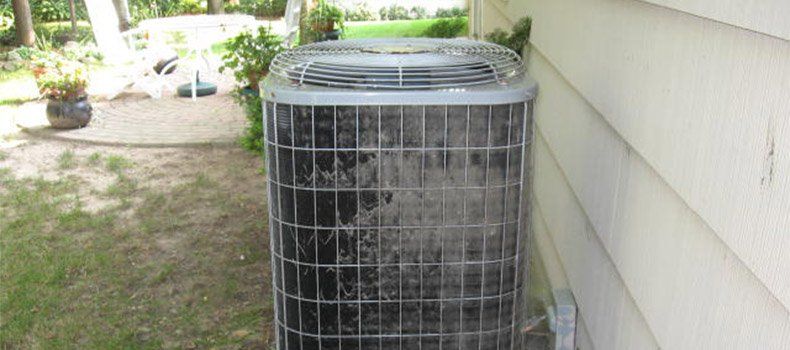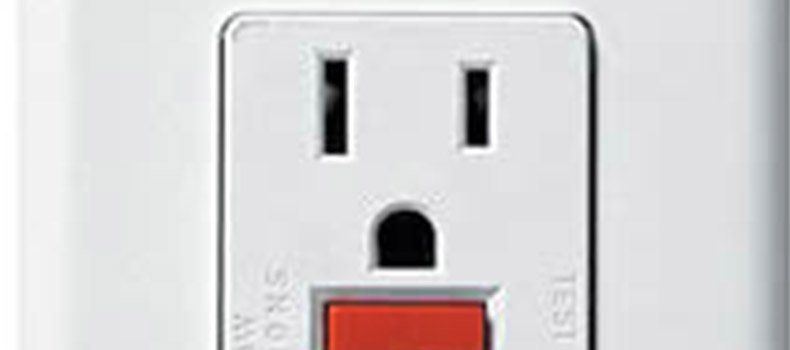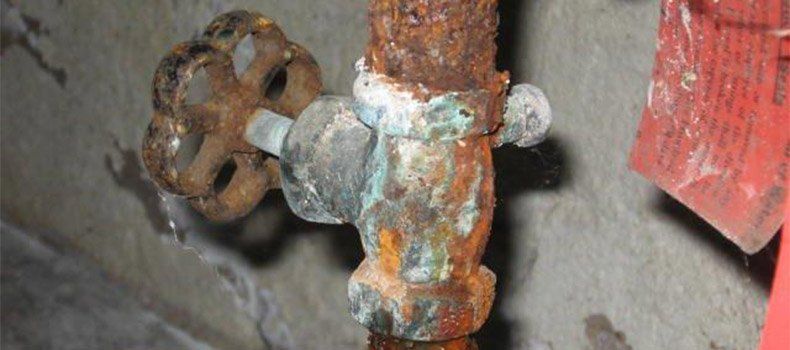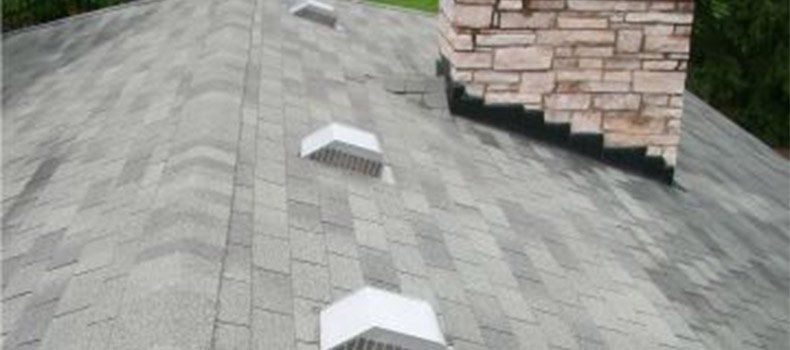The Premier Rochester NY Inspection Firm
Pro-Engineered Inspections
95 Allens Creek Road • Building 2, Suite 211 • Rochester, NY 14618
What the Heck is a Heat Pump?
Need an inspection?
Contact us to have your home or building inspected by a Licensed New York State Professional Engineer.
So you’ve wondered about this thing called a Heat Pump. Let us try to give you a simple explanation of what a heat pump is and how it operates.
The typical residential heat pump in the Rochester area is essentially an air conditioning unit that can work in reverse. To most people a heat pump and an air conditioner look the same. In fact, the following photos show a few heat pumps. They look just like air conditioners, don’t they?
Heat pumps (and air conditioners) operate by pushing refrigerant through a coil and absorbing heat from the surrounding area. In the summer, during the cooling season, this coil is a coil that is located above the furnace and it is absorbing heat from inside the house. This heat is then deposited to the exterior via the condensing coil in the exterior unit. In the winter, during the heating season, the cycle reverses. The outdoor coil is now absorbing heat from the exterior air. This may seem difficult to comprehend, but there is always some heat energy in the outdoor air, even when it is cold outside. The heat that is absorbed in the outdoor coil is then deposited in the interior of the house, via the interior coil. This heat is distributed throughout the house via the forced air blower and duct system.
One way of thinking of this is by comparing a heat pump to an old refrigerator. Older refrigerators had coils on the back of them (condenser coils). If you wanted to cool your house with your refrigerator, you could set it up at your front door opening. In the summer, you would open the refrigerator door to the house and the warm coils on the back of the refrigerator would be outdoors. Conversely, to operate it as a heat pump in the winter, you would simply turn the refrigerator around 180 degrees in the front door opening. Now, the warm coils on the back of the unit would be facing the interior of the house and would heat the house. The refrigerator door would be open to the exterior and would be cooling the winter air further.
Heat pumps, and air conditioners, are electric devices. Heat pumps can work quite efficiently. This is because they do not burn a fuel in order to create heat. Rather, they transfer heat from one area to another. Heat pumps do work best in moderate climates. In the Rochester area the weather conditions are such that a heat pump cannot effectively heat a house on its own because it is not uncommon for exterior temperatures to become very cold.
As mentioned above, heat pumps are electrical devices. Therefore, they become more highly desirable where the electric rates are desirable. In the Rochester area the electric rates of the large utilities (Rochester Gas & Electric, New York State Gas & Electric, etc.) are not very conducive to heating with electric heaters or heat pumps. Conversely, the very desirable electric rates in Fairport and Spencerport make it much more advantageous to operate a heat pump.
In our area, heat pumps are always coupled with another forced air heating system. Oftentimes the heat pump is combined with an electric furnace. The relative differences in efficiency between the electric furnace and the heat pump will vary depending on outdoor air temperatures, but the heat pump is usually more efficient to operate than the electric furnace, or at least until the exterior temperatures become quite cold.
Thankfully, a homeowner does not have to think about exterior temperatures and they do not have the burden of having to manually switch between their heat pump and their furnace. Heat pump thermostats and controls do this automatically. Standard heating and cooling thermostats will have three settings: Off, Heat, and Cool. A heat pump thermostat will have four individual settings: Off, Cool, Heat, and Emergency Heat. When the thermostat is set in the Cool position the heat pump operates exactly like a standard air conditioning unit. In the Heat position the heat pump will act as the primary heat source. Once the exterior air temperature is so cold that the heat pump cannot adequately heat the house alone, the auxiliary furnace will automatically turn on so that the house can be adequately heated. Once again, this is because the heat pump can no longer operate with appreciable efficiency when the weather conditions are quite cold, and the heat loss from the house at such temperatures is too much for the heat pump to handle. The “Emergency Heat” setting allows the owner to bypass the heat pump and use only the furnace.
It should be understood that a heat pump can be utilized in conjunction with an electric furnace, a gas fired furnace, an oil fired furnace, etc. Once again, we find them coupled with electric furnaces most often due to the desirable electric rates in some towns.
It should also be noted that heat pumps do not produce air that is as warm as the air that is produced by a typical gas furnace. During the heating cycle a heat pump can produce heated air that can be as much as 35 degrees warmer than room air. In other words, during the heating season the warmed air entering the rooms from the heating registers might be 100 degrees. 100 degrees is certainly warm, but it does not feel very warm when it is moving. An electric or gas furnace will produce air of anywhere between 120 and 140 degrees. This provides for a more comfortable feeling in the house, explaining why some homeowners sense that their heat pump is not heating their house as well as their furnace. An electric furnace will heat a house more quickly, but not as efficiently as a heat pump.
In summary, and at the risk of over simplifying, a conventional air-to-air residential heat pump in the Rochester area is simply an air conditioning unit that operates in reverse. It is able to extract heat energy from the exterior air and bring it into the house, providing efficient heating of the house. The efficiency varies depending on exterior temperature. When the exterior ambient temperature is quite cold the heat pump cannot operate efficiently. This is why a heat pump is always coupled with another furnace in our climate. Heat pumps are electric devices. Therefore they are most desirable in those towns that enjoy the privilege of low electric rates.
I trust that this description will help you better understand heat pumps and how they work in our climate. As always, please do not hesitate to contact our office if we can be of any assistance.
You might also like
Get a quote or schedule an inspection today
Location
95 Allens Creek Road, Building 2, Suite 211
Rochester, NY 14618
Phone

Warren Engineering has been specializing in building and home inspections for over 45 years.
Our Services
Quick Links
Business Hours
Mon-Fri: 8:30am - 4:30pm
Sat-Sun (& holidays): 8:00am - 8:00pm
Appointments taken via phone 7 days a week
Warren Engineering. All Rights Reserved.




